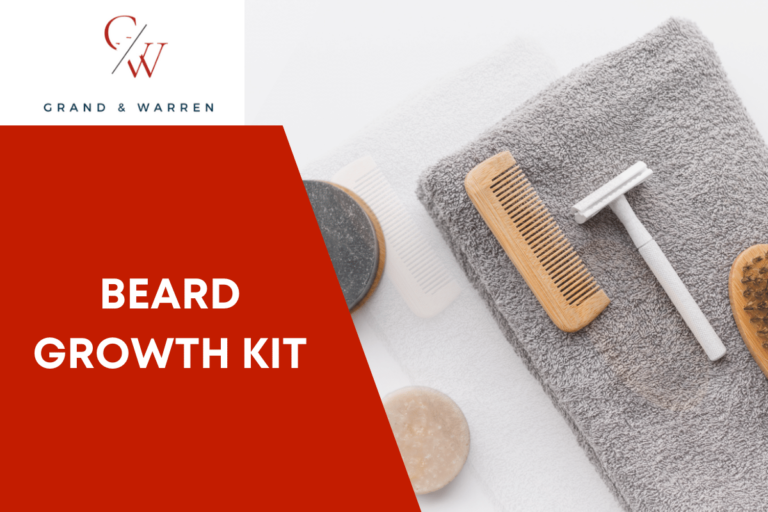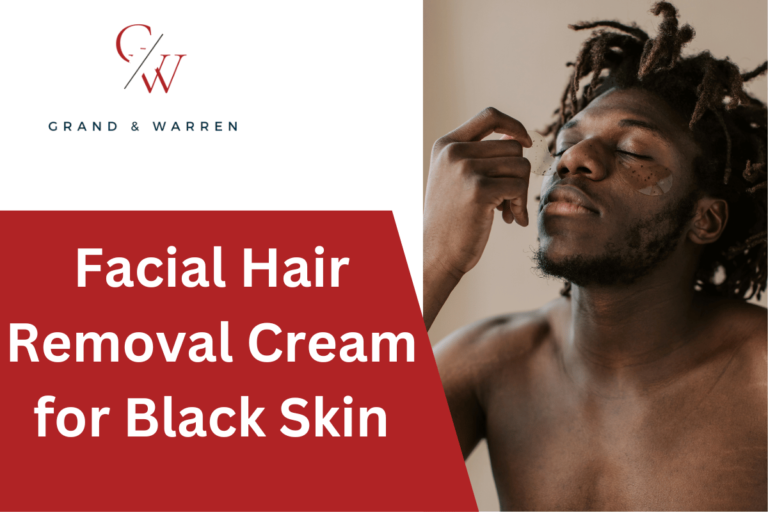Top Reasons to Avoid Using Sea Moss for Acne
Can you use sea moss for acne?
With seemingly every skin care company on earth getting in on the sea moss train, one natural question is whether organic sea moss gel can be used to treat acne.
The answer in a phrase – we don’t know. While there are a host of sea moss benefits, there is no significant evidence that it is particularly effective for treating inflammatory skin conditions. While Irish moss does have skincare benefits, it does not appear like this natural and effective solution is the best approach to fight acne.
Below we will tell you about the benefits of sea moss, how it can be used to help your skin tone, as well as the best products to use to help fight acne.
Key Takeaways
- Although Irish moss has a number benefits, there is not enough research to understand whether it should be used for those looking to fix irritated skin or other skin problems
- There is no evidence that pure sea moss will help fix severe or even mild acne scars
- Consult your dermatologist or stick to verified products like aloe vera or tea tree oil to help fix skin inflammation or other skin conditions
Does Sea Moss Naturally Treat Acne?
The short answer is no, it does not. While the skincare industry may hide these facts, here are some things to know:
- Sea moss should not be used to treat skin conditions as there is nothing to support its usage for acne or or sensitive skin
- Although things like a sea moss gel mask may be good for overall skin health, there is no evidence that it will help kill acne causing bacteria. Instead, ingredients like salicylic acid is a better fit
The Role of Sea Moss in Skin Health
My research indicates that sea moss is acclaimed for its high concentration of minerals such as iodine, potassium, calcium, and magnesium. These elements are vital for healthy skin function. Notably, sea moss provides a wealth of vitamins including vitamin A and E, which are known to enhance the skin’s barrier and may have anti-inflammatory properties. While these nutrients are helpful, there is nothing proving that they sea moss would directly reduce the prevalence of acne or reduce inflammation at the site of acne lesions.
Even though conclusive clinical evidence is sparse, anecdotal testimonies from users are mixed at best. Some reddit users claim that sea moss has helped clear up their lesions while other complain that they had a sudden uptick in acne after incorporating its usage. While the video below laudes implementing these natural ingredients to help address acne, the most likely answer is that it depends on your particular issues whether dried sea moss would help you specifically for acne.
Common Acne Causes and Triggers
Acne is a multifactorial condition, influenced by various internal and external factors. In my understanding, common triggers include:
- Hormonal fluctuations: These can stimulate sebaceous glands, leading to increased oil production.
- Pore-clogging products: Certain makeup or skincare products can obstruct pores, triggering acne outbreaks.
- Stress: It’s well-documented that stress can exacerbate acne, possibly due to cortisol’s effect on oil production.
- Diet: Foods with high glycemic indexes may contribute to the development of acne in some individuals.
It’s imperative to note that while sea moss might support skin health through its nutrient profile, it should not be solely relied upon for treating acne. A holistic approach, considering diet, lifestyle, and appropriate skincare practices, is crucial for managing acne effectively.
How to Use Sea Moss Gel for Skincare
While its use specifically for acne can be debated, there is significant evidence that sea moss offers more general soothing properties as a skincare powerhouse.
Topical Application of Sea Moss
When using sea moss gel as an active ingredient, I ensure to clean my skin thoroughly before application. I then apply a thin layer of the gel directly onto the affected areas. Non-comedogenic quality of sea moss prevents pore blockage, which is crucial in avoiding further breakouts. For maximum benefits, I apply the gel consistently as part of my daily skincare regimen.
- Frequency: Apply once or twice daily
- Quantity: Thin layer on affected areas
- Duration: Leave on skin for 10-20 minutes before rinsing
The Safe Use of Sea Moss on Skin
Before incorporating sea moss into my skincare routine, I perform a patch test to confirm that my skin does not react adversely. To do this, I apply a small amount of the gel to my inner forearm and wait for 24 hours. If no irritation occurs, it is typically safe to use on my face. Should any concerns arise while using sea moss gel, I consult with a dermatologist to ensure it is suitable for my skin type. Additionally, I look for organic sea moss, which minimizes my exposure to potentially harmful chemicals.
- Patch Test: Inner forearm, wait 24 hours
- Consultation: Speak with a dermatologist if irritation occurs
- Selection: Opt for organic sea moss products
My careful application of sea moss gel, coupled with its moisturizing and anti-inflammatory qualities, has helped me manage my skin health effectively.
The Nutritional Profile of Sea Moss
Sea moss, a type of red algae, offers a wealth of nutrients that are beneficial for overall health, including skin conditions like acne. In particular, its mineral and vitamin content, coupled with antioxidant capabilities, make it a noteworthy addition to skincare routines.
Minerals and Vitamins in Sea Moss
Sea moss is recognized for its remarkable range of minerals and vitamins that are essential to the body’s functions. Here are some specific nutrients found in sea moss:
- Calcium: Vital for bone health and skin integrity.
- Iodine: Pivotal for thyroid function, which influences skin health.
- Potassium: Important for cell function and hydration.
- Iron: Essential for blood health, which is connected to skin vitality.
- Sulfur: Known as “nature’s beauty mineral,” it plays a role in reducing oily skin and decreasing acne breakouts.
- Magnesium: This mineral is involved in over 300 biochemical reactions in the body and helps to decrease inflammation in skin cells.
Additionally, sea moss provides a modest amount of Vitamin A which is important for skin repair and maintenance. This combination of vitamins and minerals can be directly linked to the potential improvements in skin health, including the management of acne.
Antioxidant Properties of Sea Moss
The antioxidant properties of sea moss contribute to its skin-healing abilities. Antioxidants are known to fight free radicals, which can damage skin cells and lead to inflammation and acne. The antioxidants in sea moss include:
- Vitamin C: Supports skin tissue health and the immune system.
- Vitamin E: Helps protect skin from oxidative stress.
In conclusion, my examination of sea moss shows that its high nutrient content—rich in significant minerals, vitamins, and antioxidants—makes it a potentially powerful ally in supporting skin health and combating acne.
Incorporating Sea Moss in Diet for Skin Health
I’ve discovered that integrating sea moss into my diet can aid skin health, potentially benefiting conditions like acne. This sea-based superfood supports the immune system and offers nutritional value that may reflect in improved skin wellness.
Sea Moss as a Food Supplement
Sea moss, recognized as a superfood, is rich in essential minerals and vitamins. I consider it a versatile food supplement, because it provides iodine and antioxidants thought to nourish the skin from within. When I include sea moss in my daily routine, I target not only my skin health but my overall health. You can find sea moss in various forms, such as:
- Powdered: Convenient for adding to food and drinks
- Raw: Needs preparation but is as close to organic as you can get
- Capsules: Easy for daily intake if you prefer supplements
Recipes for Incorporating Sea Moss
Incorporating sea moss into recipes is an enjoyable way to improve my dietary habits. Here’s a simple smoothie recipe that includes sea moss:
- Sea Moss Smoothie:
- 1 cup almond milk
- 1 banana
- 2 tablespoons sea moss gel
- A handful of organic berries
- Optional: honey to taste
Another way to use sea moss is to mix it into soups or homemade salad dressings, enhancing my food with a healthful twist that may help alleviate skin conditions.
Potential Side Effects and Precautions
Before incorporating sea moss into my skincare routine, particularly for treating acne, I am cautious of its potential side effects and the need for professional guidance. It’s imperative to recognize that while sea moss can offer benefits, it’s not free from risks.
Allergic Reactions and Skin Sensitivities
I am aware that sea moss can cause allergic reactions or skin sensitivities in some individuals. Typical signs of an allergic reaction may include redness, itching, or swelling after the topical application of sea moss-based skincare products. If I have sensitive skin, I test a small area before widespread use to ensure there is no adverse reaction. An irritation or unexpected skin response necessitates immediate discontinuation and, if severe, a consultation with a healthcare professional.
Consulting Professionals Before Use
Before I begin using sea moss for acne, consulting a dermatologist is a responsible step. They can offer personalized advice, particularly if I’m currently using other skincare products that might interact unfavorably with sea moss. Since sea moss may have side effects, such as irritation or allergies, a professional can provide guidance on safe use and what to do in case of an adverse reaction.
Frequently Asked Questions
I understand you’re looking for evidence-based benefits and practical insights into using sea moss for acne. In this section, I’ll address the queries commonly asked regarding sea moss as a potential acne treatment.
What are the benefits of using sea moss on skin?
Sea moss is known for its skin-nourishing properties, largely due to its high vitamin and mineral content. When used on acne scars, it may help in reducing their appearance and promoting skin regeneration. Research demonstrates that sea moss can support skin barrier functions and foster a healthier skin texture.
Can sea moss be beneficial for those suffering from hormonal acne?
While there’s no direct research linking sea moss to hormonal acne treatment specifically, its nutrients, like zinc and omega-3 fatty acids, could potentially regulate sebum production. Balancing oil in the skin can help manage hormonal acne breakouts.
What is the recommended way to apply sea moss for acne treatment?
For topical application, sea moss gel or masks are most commonly used. Apply a thin layer of sea moss gel to the affected area after cleansing, allowing it to penetrate the skin and wash off after a few minutes. Consistency and adherence to a skincare routine are vital for seeing results.
How long should one expect to use sea moss before seeing an improvement in their skin?
Improvements can vary based on individual skin types and the severity of the acne. However, some anecdotal evidence suggests that users may notice changes in their skin texture and clarity within a few weeks of regular use.
Are there any notable improvements in skin condition from using sea moss topically?
Topical application of sea moss can hydrate the skin, which is important for repairing the skin barrier and reducing acne. Its high sulfur content may also help in decreasing the excessive production of oil, which is often a contributor to acne.
Which variety of sea moss is considered the most effective for treating acne?
While there are many varieties of sea moss, Chondrus crispus, commonly known as Irish Sea Moss, is highly regarded for its dense nutritional profile and its potential to soothe the skin in case of irritation or inflammation related to acne.





